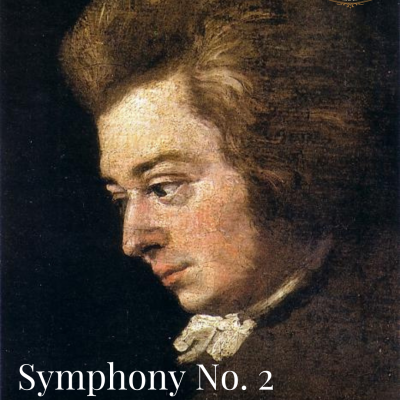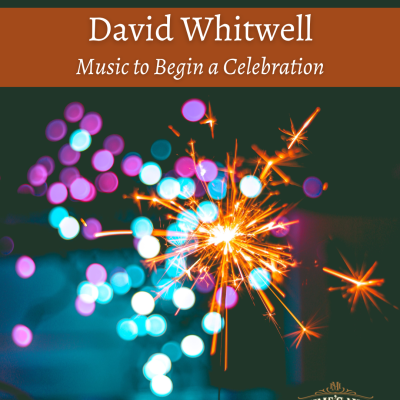Description
I started composing the Symphony No. 3 in the last few days of May 2020. I was settling into a summer of not unpleasant solitude, and the mood of the first movement’s thematic material – notably the subordinate theme – is tempered accordingly.
The second movement is an exercise in échappée, appoggiatura, chains of suspension and resolution. The aim was to create a protracted level of intensity that would envelop the listener in a relentless cascade of emotive expression. The pathos of this movement stands in sharp contrast to the satisfied charm of the first movement.
Before starting work on the third movement, I had been reading about German folklore and came across the name Moosfräuleins (“Moss Maidens”). They are forest spirits, similar in appearance to dwarves and led by the Buschgrossmutter (“Shrub Grandmother”). Legend has it that they would borrow items from people or ask for help but would always compensate the owners in kind. It was also believed that they were especially helpful to farmers with chores and the care of animals. They could even bring about epidemics and also show people the remedies for epidemics. With this legend in mind, I thought to infuse the third movement with a mystical aura of the forest remoteness of the first movement and the overall darkness of the second.
The final movement opens with unaccompanied statements that are inversions of motives taken from earlier movements: flute – from the opening statement of the first movement; oboe – from the first prominent brass music in the first movement; clarinet – from the second movement; bassoon – also from the second movement; cor anglais – from the undulating music of the third movement. Following this are three episodes of species counterpoint exercise, in two parts, then three, and finally four. After this section, there is a brief, quiet foreshadowing of a separate brass fanfare of mine that I included in this piece (Fanfare for a Northern Return), and then the overt statement of the fanfare itself, leading to the principal allegro section of the fourth movement. Development episodes on fragments of the fanfare material follow, reaching a culmination in which there are heard the subordinate theme from the first movement, the brass theme from the first movement, the main motive of the fanfare, and the opening theme of the first movement. There is one last word from the Moosfräuleins, and the symphony ends.
Jerome Sorcsek (2021)










